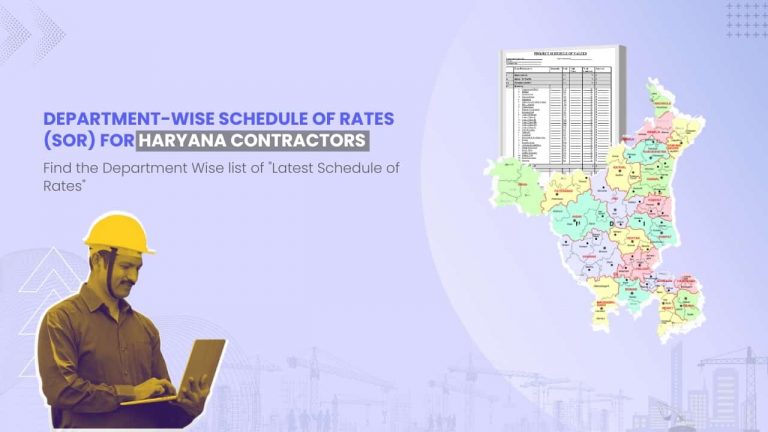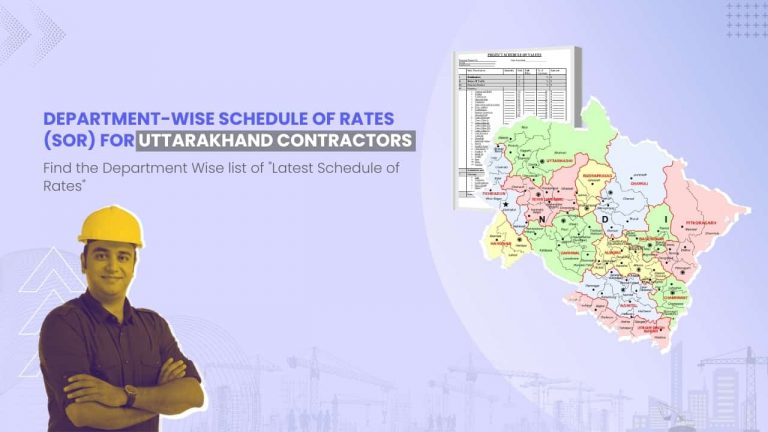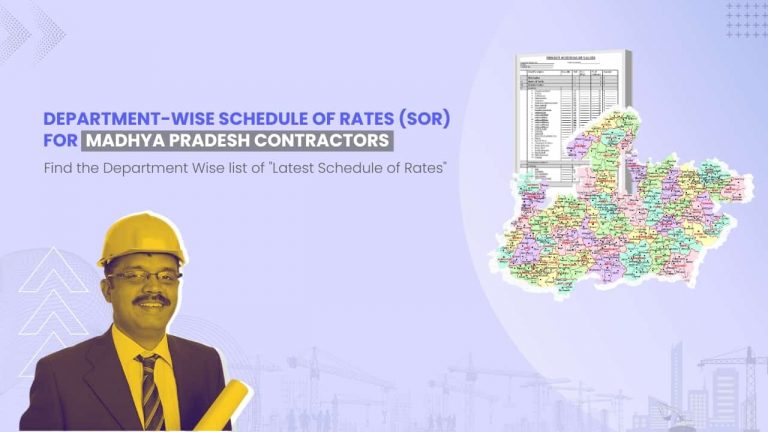Several industry surveys and reports forecast continued growth in the construction industry. This growth will be fuelled by increasing demand with the GDP growth as well as the Government’s intense push on building Infrastructure. But it is vital to know what are the key areas that can risk this growth in construction or can further increase the growth. Below are the top issues facing the construction industry in this Technology Age.
Rising Cost of Materials
Steep rise in construction material prices is a global phenomenon driven by global demand and supply chain pressures. Construction companies often go for long term contracts which disallows them to change the project commercials in between thus severely denting in their margins.
Construction Industry can meet these challenges through:
- Identifying cheaper alternatives: Industry players have been exploring multiple ways to safeguard from this challenge including alternatives to conventional materials which may help in cost reduction.
- Less wastage of material: Reducing wastage of material at the project site can be a critical level to tackle this challenge and technology can especially play a huge role here in reducing wastage through better tracking of Raw Material, better project planning and site work management.
At the heart of all the cost optimization initiatives will be smart Project Management and detailed Material tracking at site to ensure less rework at construction sites, no material wastage or pilferage at Project sites.
Labor Shortage
Labour costs have also increased by around 10%-15% every year in tandem with increasing demand for labour, rising education levels and alternative employment options. This is coupled with the rising customer need for high-end products in real estate, further increasing the requirement of better trained labour on par with global standards.
Construction industry would have to re-align itself with the challenge of Labour shortage – this can be managed through:
- Train more resources: This aspect is being dealt with by on-going programs wherein labour working at various construction sites are being enrolled in classes and courses which enhance their skill-sets.
- Take measures to reduce churn: With rising labor demand and education levels, increasing salary cannot be the only way for contractors and construction companies to retain their staff. Contractors have to ensure they keep pace with the advancement of Information Technology and enable their staff with the latest project management techniques.
- Increase efficiency of staff: With use of better technology, better tools, and better planning, contractors would need to increase their manpower efficiency so that they can work in a labor undersupply environment.
Low Profitability in projects
Above factors coupled with a cut-throat competition in the construction industry has led to reduced profitability in the construction industry. Margins are expected to get further squeezed with increasing cost of compliances, regulatory framework and increasing need to improve the safety standards at the worksites. Industry players will need to look at this challenge deeply through:
- Improving project planning: Better planning abilities for project costs and timelines would greatly help in assessing the project profitability at the beginning of the project and better quotes and optimizations to save money during the project.
- Increase overhead efficiency: Contractors will have to improve the efficiency of their overheads like Supervisors, Accountants, and other office bases staff.
- Increase scale: Scale is usually equated project value which is not quite right. Contractors can also develop the capability to deliver multiple smaller projects faster and efficiently. Hence contractors need to identify their core skill and accordingly develop their scalability.
Lack of Customer Engagement
One of the most common perceptions in the construction industry is that a contractor calls the customer only when he needs money. Contractors need to break this perception and engage their customers on a regular basis. This can be done through:
- Keeping customers informed on work progress at site: A simple update on a regular basis can go a long way in ensuring a healthy customer relationship
- Acknowledging and addressing Customer’s concerns: How many times have we seen that a contractor doesn’t even acknowledge that an issue exists. This is like having an elephant in the room – the more you avoid discussing it the bigger it gets.
- Ask for money confidently: Don’t feel shy in asking for the due amount from the customer – and don’t even let the customer feel that you have any concerns around it. If you do the first two things listed here – your confidence in asking for your due amount will be way higher.
Inaccessibility to Financial Products
Scaling any organization requires access to capital and accessibility to Financial Products requires any organization to develop trust with the financial institutions through in-depth business data. This assures the financial institutions that they are giving loans to a professionally managed and growing business and that their loans are in good hands. This typically requires:
- Revenue data: This is important to gauge the growth and seasonality patterns in the business
- Collection data: This gives a clear view of how professionally managed the contracting business is, what is the volume and risk level of receivables and if there is any leakage in collections
- Payments data: This is especially important to gauge how transparent and consistent the procurement process is, and if there is any risk of any leakage from the business through wrong procurement.
In summary, to handle the new age challenges, contractors need to relook at the conventional management approach and adopt a more inclusive and technologically advanced approach to contracting management.







